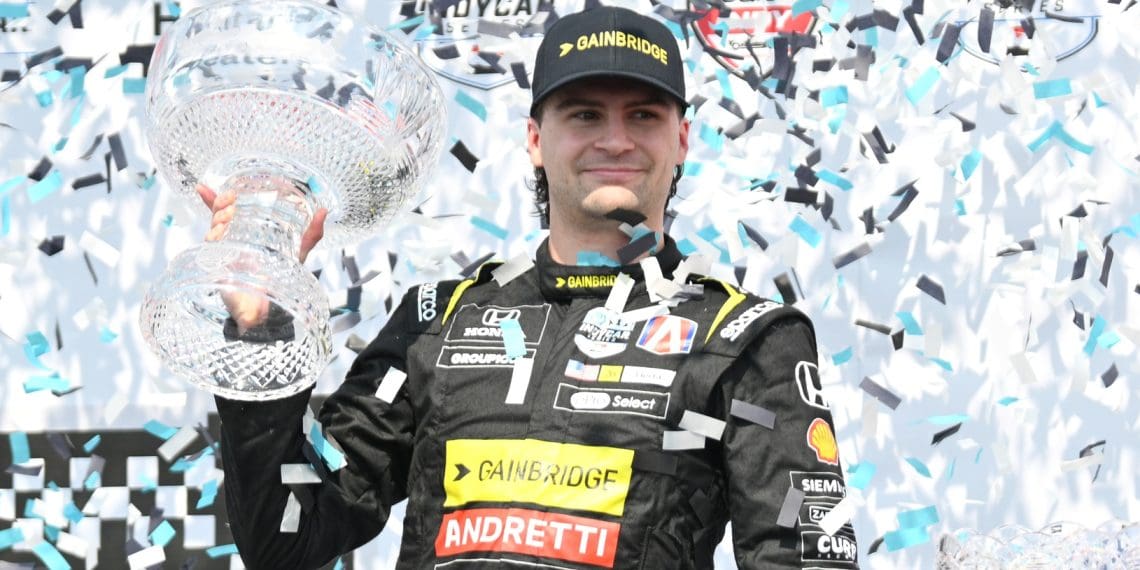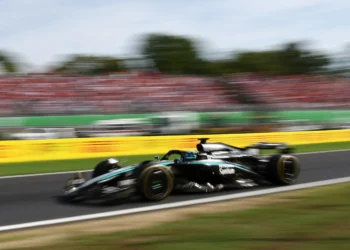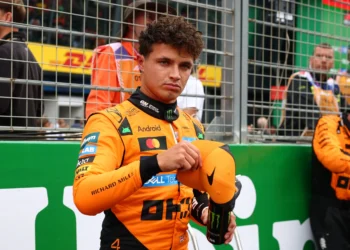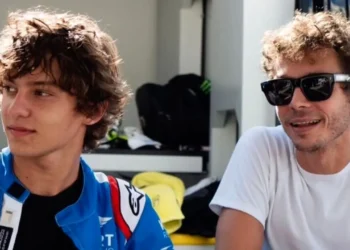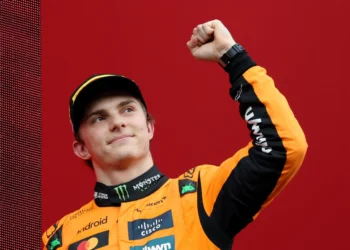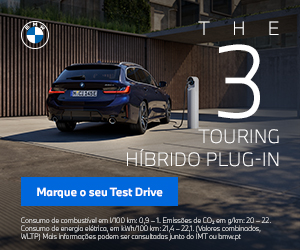The buzz around Cadillac’s entry into Formula 1 in 2026 is intensifying, and with it comes a pivotal question: will the team stay committed to fielding an American driver, as Andretti Global originally envisioned? If so, the spotlight once again turns to Colton Herta, a name that’s been at the center of F1 speculation for years. But is Herta truly the best American option for Cadillac’s ambitious project?
Colton Herta: A Career of Raw Speed and Frustrating Inconsistencies
Few doubt Colton Herta’s raw talent. With 14 poles and nine wins in 99 IndyCar starts, the 23-year-old has demonstrated remarkable speed, often in machinery that isn’t considered top-tier. Racing for Andretti Global, Herta has consistently been the team’s brightest star, even as the team struggled to compete with dominant forces like Penske and Ganassi.
2020 marked Herta’s breakout season, where he finished third in the championship, showing improved consistency after a learning-heavy rookie year. But in the years that followed, his performances oscillated between brilliance and frustration:
- 2021: Herta took three wins but suffered from inconsistent results.
- 2022: A disappointing year where he was outperformed by his teammates, finishing 10th in the standings.
- 2023: A winless season, narrowly beating second-year teammate Kyle Kirkwood in the championship.
- 2024: A rebound year that saw Herta solidify his position as the best driver in Andretti’s lineup, though occasional mistakes like his crash at the Indianapolis 500 cost him dearly.
Would Herta Succeed in F1?
F1 is an unforgiving environment, where raw pace alone isn’t enough. Success requires consistency, adaptability, and an ability to navigate the sport’s complex technical and political landscape. Herta’s performances in IndyCar suggest he has the speed to compete, but questions linger about his ability to deliver under the immense pressure of Formula 1.
- Learning Curve: Herta lacks significant F1 experience, save for a TPC (Testing Previous Car) session with McLaren in 2023. Adapting to unfamiliar tracks, Pirelli tires, and the relentless scrutiny of F1 would be a steep challenge.
- Consistency: While Herta has flashes of brilliance, his inability to sustain form over a season could hinder him in a sport that rewards steady performance.
That said, insiders believe Herta could thrive in F1 under the right circumstances. His natural talent and aggressive racing style make him a compelling candidate, provided he is given time to acclimate.
Herta vs. Other American Options
If Cadillac remains committed to an American driver, who else could rival Herta for the seat?
- Kyle Kirkwood:
Kirkwood’s star rose in 2023 with two IndyCar wins and a stellar junior single-seater record. However, his 2024 season saw him outclassed by Herta, raising questions about his consistency and racecraft. For now, Herta remains the stronger candidate. - Josef Newgarden:
While Newgarden boasts two IndyCar championships, his recent seasons have been lackluster. At 35 in 2026, he may be deemed too old to start an F1 career. - IndyCar’s Best Drivers – Alex Palou and Scott McLaughlin:
Palou’s three titles in four years make him arguably the best all-around driver in IndyCar, while McLaughlin’s adaptability and consistent improvement have turned heads. But neither driver is American, and Cadillac’s mission to promote US talent would likely rule them out. - NASCAR and IMSA:
Despite NASCAR’s increasing focus on road courses, no American driver currently stands out as a better F1 candidate than Herta. Similarly, IMSA’s top performers, while talented, don’t match Herta’s profile.
The Path to F1: Hurdles and Opportunities
For Herta to race in F1, he must first secure enough superlicence points. With 31 points from the 2023 and 2024 IndyCar seasons, he’ll need at least fourth place in 2025 to qualify. Alternatively, he could accumulate points through FP1 sessions in F1 races, though this would require Cadillac to partner with an existing team willing to sideline a regular driver.
If Herta misses out for 2026, Cadillac could still bring him in as a reserve driver, preparing him for a 2027 debut with extensive testing in an older car. While not ideal, this approach would allow Herta to acclimate to F1 without the pressure of immediate competition.
The Verdict: Is Herta the Best Choice?
Herta’s talent, coupled with his status as the top American single-seater driver, makes him Cadillac’s most logical choice for a homegrown F1 star. However, success in Formula 1 requires more than raw speed. Consistency, adaptability, and the ability to withstand F1’s relentless demands will determine whether Herta can truly thrive on the world’s biggest stage.
If Cadillac is willing to invest in Herta’s development, he has the potential to become the American face of their F1 journey. But time is of the essence—both for Herta to refine his craft and for Cadillac to build a competitive program around him.

